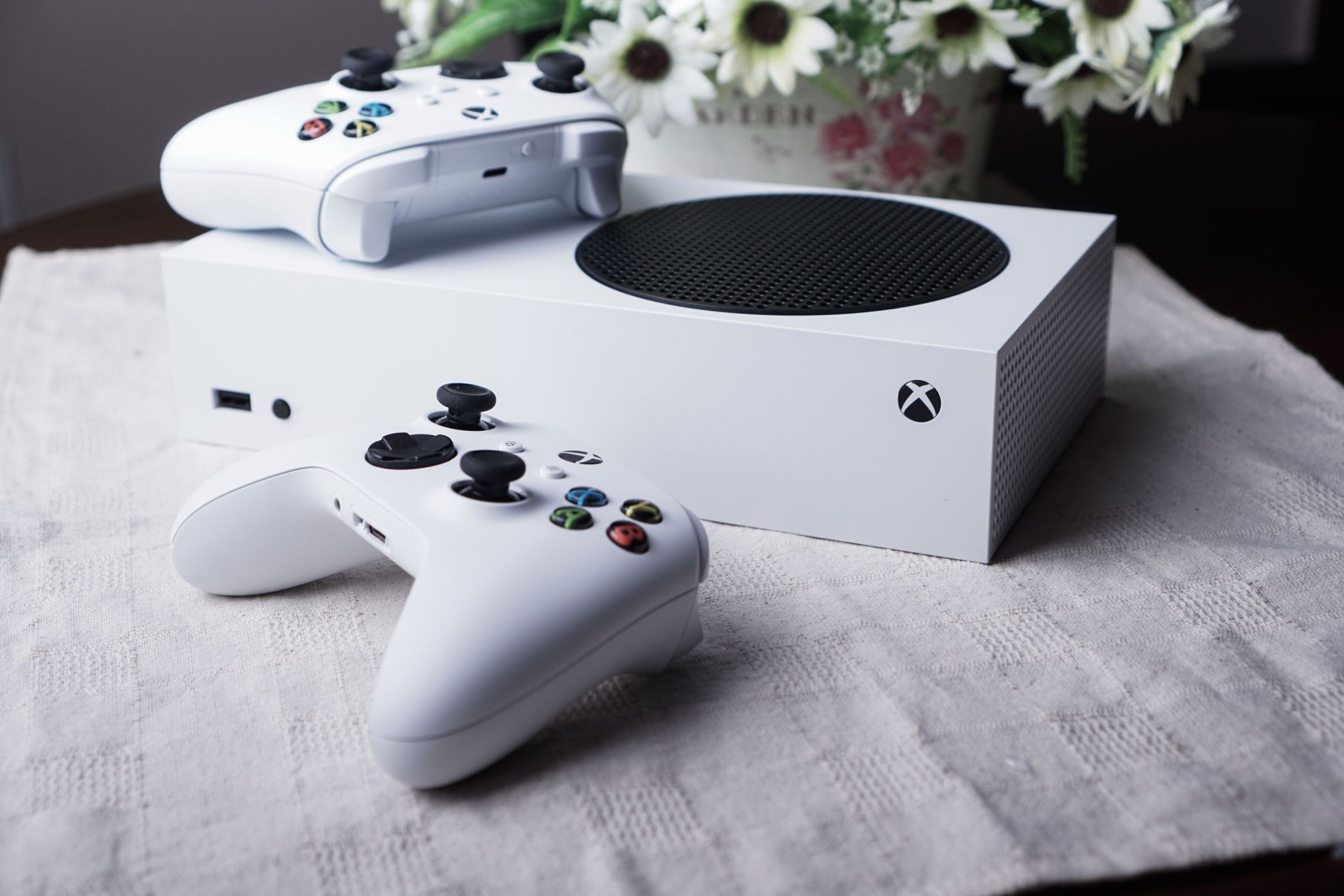iPhone Notifications Now Show Up on Your Mac, Here’s How to Manage Them
Mac
Key Takeaways
- iPhone notifications appear on your Mac when you first set up iPhone Mirroring.
- Disable notifications on your iPhone or Mac to prevent unnecessary alerts appearing on your Mac while you’re working.
- Some notifications are genuinely useful, like apps or services that aren’t part of the macOS ecosystem, while others can be needlessly distracting (like mobile games).
Thanks to a new feature called iPhone Mirroring, your Mac can now receive notifications from your iPhone. However, without configuring them, they can become overwhelming. Here is how to manage them from your Mac in macOS Sequoia.
Personalizing iPhone Notifications on Your Mac
Notifications from your iPhone will automatically be enabled on your Mac when you start using iPhone Mirroring, meaning you don’t need to touch anything to get it started. You must ensure your iPhone and Mac are on iOS 18 and macOS Sequoia and that your phone is on and not turned off. However, you don’t need to have your phone near your Mac or unlocked to receive its notifications.
If you want to disable or make changes to the feature, go into your Mac’s settings, scroll down, and click Notifications. From there, click on the Allow Notifications from iPhone section, and then you can toggle the feature on or off.
Additionally, you can enable or disable the notification sound if you want to control it there.
Editing the Notifications Coming In
Like iOS, unless you choose which apps can send notifications, you will receive each one that comes through. Luckily, on iOS or macOS, you can select which apps can and cannot send notifications from your iPhone to your Mac.
Configuring Notifications on Your iPhone
Although this feature is primarily for Macs, you can edit which apps send notifications to your desktop from your iPhone.
To do so, go into the Settings app and then to the Notifications tab. Once there, select the app whose notifications you want or don’t want to show on your Mac.
You’ll see a toggle for “Show on Mac” under the Alerts section when you’ve selected one. Toggling it on will show the app’s notifications on your Mac, but turning it off will prevent them.
If you’ve already disabled notifications from an app on your iPhone, you won’t have the option to show them on your Mac.
Configuring Notifications on Your Mac
To edit the same feature on your Mac, go to the Settings app and scroll down to the Notifications tab. Once you’re there, select which apps you want to receive notifications from.
If you’ve disabled notifications from an app on your iPhone, you won’t be able to enable or change its notification preferences on your Mac.
Furthermore, if specific app notifications are disabled on your iPhone, a “Mirroring disabled from your iPhone” message will appear, and the option to turn them on will be grayed out.
Why You Should Edit Your Notification Preferences
Adding iOS notifications to the macOS notifications can be overwhelming. Because of this, it’s a good idea to decide which iOS apps you want notifications from and which you don’t. Apps on both of your devices—like Messages—won’t send you double notifications, but some mirrored alerts may be best left on your iPhone when you’re not busy on your Mac.
For example, being notified when someone activates your Ring doorbell is helpful since that ecosystem isn’t part of HomeKit and won’t initially appear in your Mac’s notifications. On the other hand, notifications on your Candy Crush record may be most helpful in staying on your iPhone.
Limiting the number of cross-platform notifications helps you avoid getting buried by useless notifications. It also enables you to stay focused on the current task on your Mac. If you have a wearable, consider limiting Apple Watch notifications too so that your wrist isn’t constantly buzzing.
Remember that if you delete any iPhone notifications from your Mac, they will also be removed from your iPhone. This helps you stay organized and prevents you from being ambushed by duplicate notifications.
Mirroring notifications from your iPhone to your Mac is a great addition—especially for apps not yet macOS compatible. But if you don’t configure the ones you want showing up on both devices, you may be buried in notifications you are better off without.



















